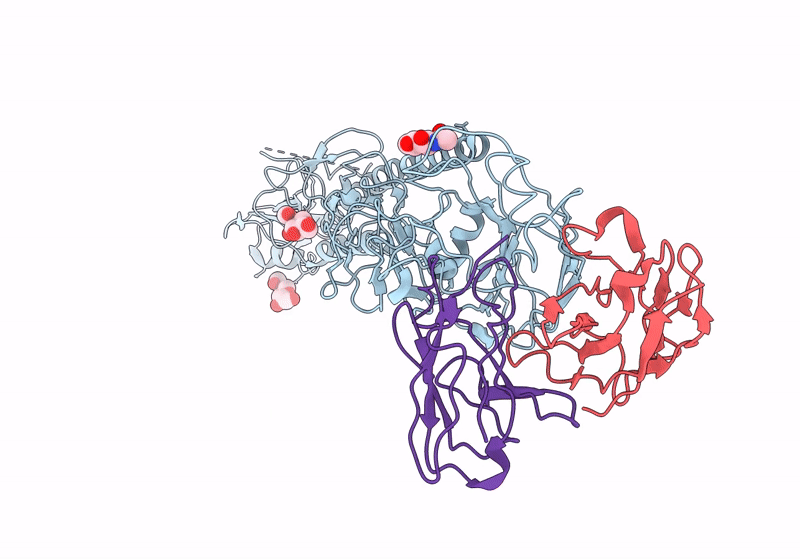
Deposition Date
2023-03-25
Release Date
2024-04-24
Last Version Date
2025-06-25
Entry Detail
Biological Source:
Source Organism:
H7N9 subtype (Taxon ID: 333278)
Mus musculus (Taxon ID: 10090)
Mus musculus (Taxon ID: 10090)
Host Organism:
Method Details:
Experimental Method:
Resolution:
2.90 Å
Aggregation State:
PARTICLE
Reconstruction Method:
SINGLE PARTICLE


